Indio Gigante Hatching Eggs
FREE SHIPPING!
Only sold in 12 Pk
No Pick up orders
NOT AVAILABLE FOR THIS SEASON
Continue ReadingIndio Gigante Hatching Eggs
FREE SHIPPING!
Only sold in 12 Pk
No Pick up orders
NOT AVAILABLE FOR THIS SEASON
Continue ReadingDenizli Long Crowers Hatching Eggs
FREE SHIPPING!
Only sold in 12 Pk
No Pick up orders
NOT AVAILABLE FOR THIS SEASON
Continue Reading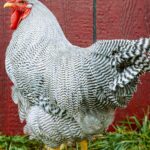
Barred Plymouth Rock (Exhibition Type) – Sold as Baby Chicks Only
Minimums – Not Sexed = 3 Female = 3 Male = 1 Seasonal/Shipped Feb thru September Maximum of 5 Continue Reading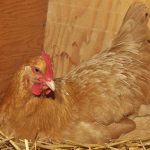
Broodiness is a hen’s instinct to hatch eggs and mother the chicks. A hen that’s thinking of brooding will sit on the nest most of the day and may cluck like a mother hen during the brief time she leaves the nest to eat and eliminate. While she’s on the nest she will puff out […]
Continue Reading
If you raise guinea fowl that you plan to free range, start with keets rather than full-grown birds. Keets become acquainted with their home ground as they broaden their foraging range. Adult guineas, on the other hand, are notorious for flying the coop the first chance they get. By raising guinea fowl from keets you […]
Continue Reading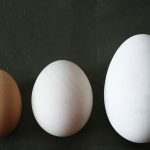
Precisely how long an egg takes to hatch depends on a lot of factors including species, breed, strain, conditions under which the egg was stored prior to incubation, and conditions during incubation. But whether you plan to hatch eggs in an incubator or under a hen you need a more definitive answer the question: How […]
Continue Reading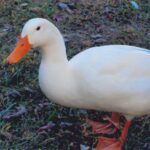
These will ship on Monday, Tuesday or Wednesday but will be dated with a Monday ship date and you will receive tracking when they ship.
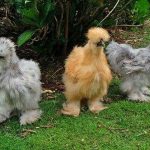
In addition to the miniature versions of large warm weather chicken breeds, five other bantam breeds also do well when the temperature rises. Of those described below, four of the five bantam breeds that tolerate warm weather are true bantams. Bantam Chickens The history of bantam chickens follows that of the Industrial Revolution. As families […]
Continue Reading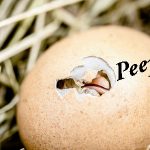
Chicks, ducklings, and babies of other barnyard birds are precocial, meaning they are able to feed themselves almost from the moment of hatch. Precociality is the reason why chicks peep before hatching. The word precocial comes from the Latin word praecox, meaning early to mature. A fancier word for precocial is nidifugous — from the […]
Continue Reading
Once you have weighed the pros and cons of keeping peafowl, and have decided the pros outweigh the cons, you are ready to embark on your peafowl-raising venture. To help you get started, here are six tips for raising peafowl. Brooding Peachicks House peachicks in a brooder until they grow enough to stay warm on […]
Continue Reading